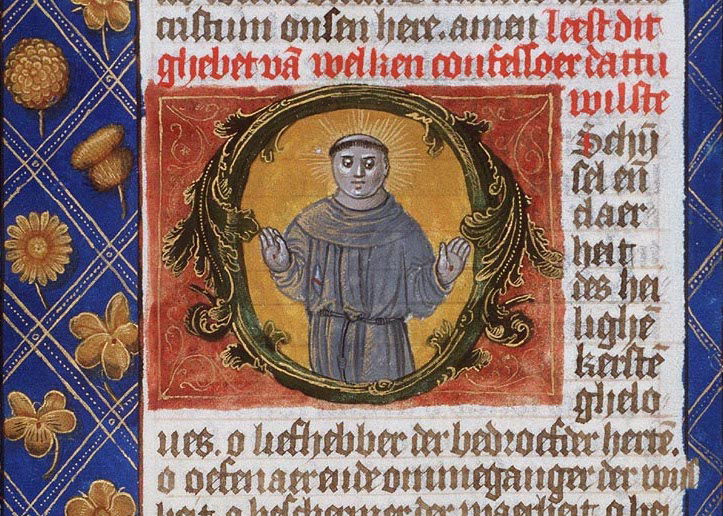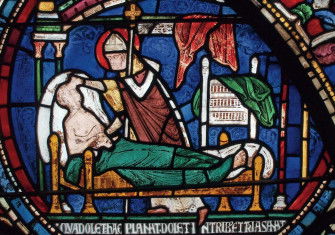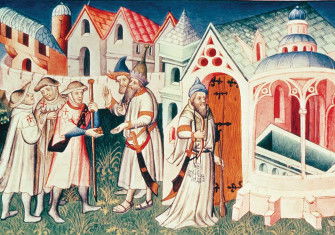The Death of St Francis of Assisi
St Francis of Assisi died on 4 October 1226, leaving behind the question of how we venerate a saint who resisted veneration.

‘Why you?’ It was a good question. Brother Masseo repeated it three times. ‘What do you mean?’, Francis of Assisi replied. ‘You aren’t a handsome man in body’, Masseo said: ‘You aren’t someone of great learning, you’re not noble; so why does the whole world come after you?’ Because, Francis replied, there is no one ‘more vile, nor more incompetent, nor a greater sinner than me’.
The answer embodied a truth: the more humble Francis was, the more people revered him. Given lard to eat during Lent when he was ill, he immediately confessed it to a great crowd. Giving his cloak to an old poor woman he confessed the vainglory of the gesture.
Francis didn’t have a message so much as a method, a way of being. In his mind, there was nothing to interpret. Shortly before his death on 4 October 1226, he wrote:
‘I strictly command all my cleric and lay brothers … not to place any gloss upon [my words by] saying: “They should be understood in this way.”’
How then to remember a man who resisted veneration? Perhaps no one thought more deeply about that than Thomas of Celano. Thomas wrote his first life of Francis in the late 1220s. Over the next decades, the Franciscan order would require him to write three more. Dissatisfied still, Bonaventure, head of the order, wrote his own life of the saint. In 1266 all other writings were ordered to be destroyed. Thomas’ works were unknown until 1768; one remained lost until 2014.
Thomas was a hagiographer, not a historian. But his Francis was human nonetheless: in one passage he recounts how, when in high spirits, Francis would sing in French, pretending to play a stick, nestled in the crook of his arm, like a viola. Bonaventure had little use for moments like that.
Thomas’ frustration is evident in the words that close his Treatise on the Miracles of St Francis. ‘We cannot every day make up new things, we cannot change a square into a circle’, he wrote: ‘We cannot tailor to the differences of times and desires what has been handed on to us in this one man.’ But the order begged to differ.






